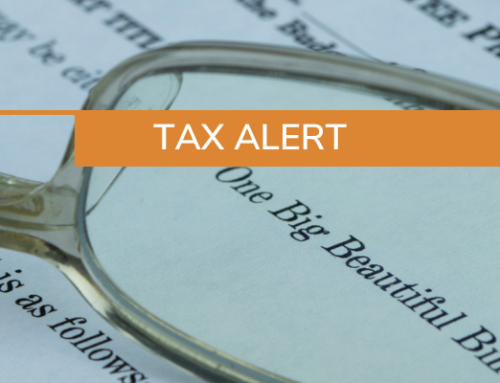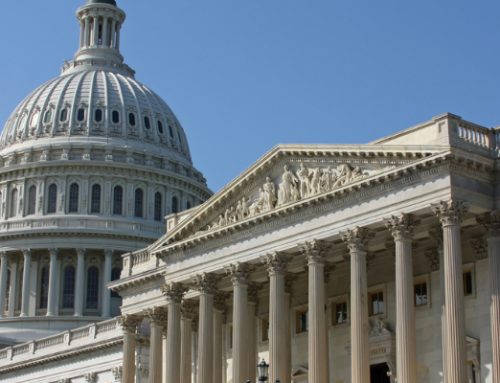If asked, most individuals, business owners and executives would be delighted at the prospect of reducing the amount of federal income and other taxes owed. Typically, organizations and individuals alike tackle this task by conducting tax planning on an ongoing basis, or at least at year-end. For businesses, there are several COVID-19 incentives available offering significant savings. Naturally, many have focused attention on capturing these opportunities, while paying less attention to traditional tax strategies. Unfortunately, these programs, including the Employee Retention Tax Credit (ERTC), are only temporary and will not be available past year-end. At the same time, the tax increases currently under consideration in Congress could mean traditional planning strategies may no longer be available in 2022.
Considering these potential changes, it is essential for individuals and businesses to carefully review tax planning strategies before year-end. Not only can they deliver immediate savings, but they can also provide important guidance on the timing of scheduled activities (fixed asset acquisitions, new equipment purchases, use of trusts, etc.). In other words, tax planning changes the paradigm to allow companies to maximize tax saving opportunities. Why risk paying more in taxes than is absolutely necessary?
Optimize Your Year-End Tax Planning
On November 3, 2021, PBMares presented the top 10 tax strategies that individuals and businesses should consider before year-end. Jeff Williams and Ed Yoder discussed the tax savings opportunities available, including details on traditional tax strategies, remaining COVID-19 incentives, and opportunities expiring at year-end. This presentation will cut through the confusing tax code and help you identify the strategies that are right for your situation.






